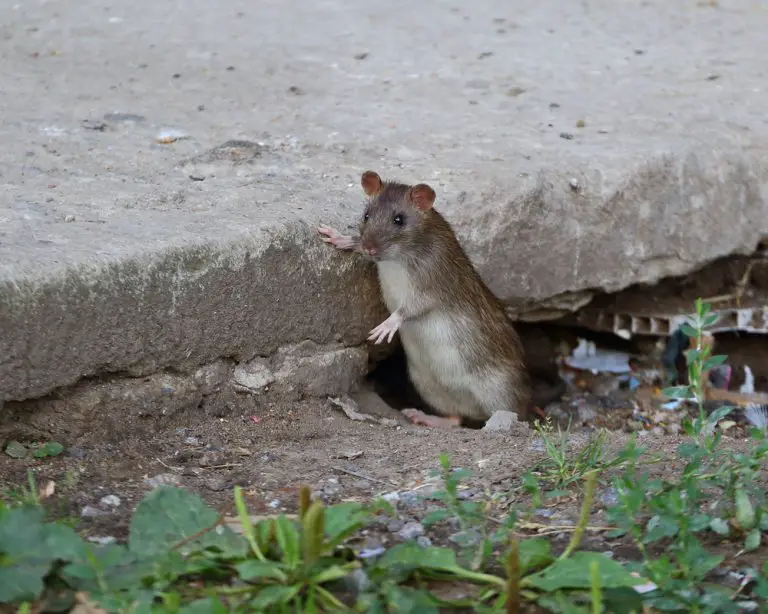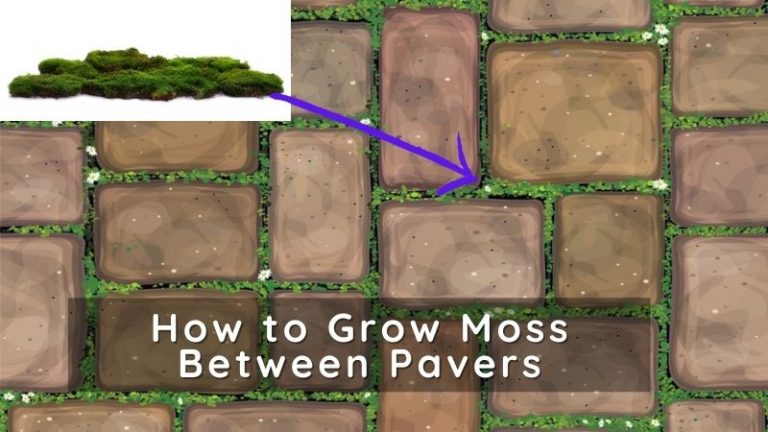How to Get Rid of Whipworms from the Yard
Whipworm infection in the yard can persist for years. An infected lawn is non-conducive to turfgrass growth. The infected yard is the beginning of the cycle, leading to problems with the grass and the pets. Some methods of dealing with whipworms as pesticides, may create a lasting negative effect on the lawn. Which are the effective ways of dealing with whipworms?
To get rid of whipworms in your yard, you need to; regularly clean the yard and collect animal waste that could be the source of the whipworms. You should then either apply lime or diatomaceous earth to kill the whipworms. Removing the topsoil is another effective way of controlling the contaminated lawn.
What is a whipworm?
Whipworm is a parasitic worm that infects dogs, foxes, and coyotes. The species that are found in dogs is referred to as Trichuris vulpis. It is one of the most common parasites in dogs. Whipworms thrive primarily in hot and humid areas.
Detecting whipworms in the soil is complex and will involve microscopic tests. The presence of whipworms in the lawn can be caused by;
- Stool from dogs or stay foxes that are infected with whipworms. Dogs infected with whipworms have watery, bloody diarrhea, weight loss, and general debilitation.
- Water contamination from water sources that have whipworms. This could be a result of poor sanitation of toilets.
- Use of soil or organic matter that is contaminated. Soil or organic matter imported from another place may have whipworms or eggs.
Are whipworms contagious to other dogs?
The whipworm eggs in the yard and other areas infect other dogs. The eggs take 2-4 weeks to mature before they can be contagious to other dogs. The eggs enter the environment through the fecal matter of a dog or fox.
The eggs then get into another dog through feeding on contaminated substances. The dogs also lick their paws that have feces or other infected substances.
Sometimes, you can detect the infection in a dog without testing. An infected animal will have fecal flotation in its stool. It is, however, important to get a test from a registered veterinarian. Puppies below six months are generally difficult to diagnose.
Whipworm infection in a dog can cause diarrhea, anemia, and even death. That’s why it’s essential to clean and disinfect the dog’s feces immediately.
The contaminated fecal matter causes a whipworm infection on the lawn, which results in;
- The eggs survive heat, cold, and most lawn treatments and will remain for years. The eggs will be passed to the pets during that time, and the cycle will continue.
- Whipworms will cause browning, yellowing, or wilting of the grass.
How do you get rid of whipworms in your yard?
Whipworms can be difficult to eradicate if they have infected your yard. Thorough eradication will take at least five years if there’s a whipworm infection in your yard.
You should use the following simple methods to get rid of the whipworms from your lawn.
Clean the lawn
Maintain a clean lawn by cleaning your yard immediately after the pets have defecated. It takes 2-6 weeks for the embryos to mature and become infectious. Regular cleaning will reduce the chances of infection in the pets.
Remove other debris, dead leaves, and other litter on the lawn. It may also be essential to remove the mulch as it might be contaminated.
Also, keep the grass well mowed so as to spot stool or litter. When cleaning, put on gloves, especially in the areas where the dogs have defecated. Alternatively, use a poop scooper to collect the feces immediately.
Apply lime
Lime is a natural substance that can be used to get rid of whipworms in the yard. It dries out the whipworms and the eggs. Add approximately 40-50 pounds per 1000 square feet to the soil. You can use a spreader to spread it evenly.
Keep the lime dry for at least two weeks for the lime to work effectively. When lime becomes wet from watering or rainfall, it becomes sticky and will not be effective.
Lime is considered better and safer to use when you have pests.
Remove the topsoil
Whipworms are found in the top layer of the soil. The soil is mainly the source of infection and not fresh feces. Dogs and other pets can quickly ingest them when they dig and walk on the ground.
Once you decide to use this method, you should remove the top 6 inches of the topsoil to eradicate the whipworm from the lawn completely. Dispose of the soil far away from the yard.
Replace the old soil with new soil and reseed the lawn.
Removing the topsoil is one of the most effective methods though it might be extreme for more extensive lawns. For larger areas, use a garden tiller. Using a pesticide after removing the soil will decontaminate the yard.
Use diatomaceous earth
It is also referred to as Diatomite or simply DE. Spread Diatomaceous earth in the yard. It works by absorbing moisture and repelling whipworms. It also dries the whipworms and kills them.
You can use a dust spreader to apply it on your lawn. First, dampen the yard to allow the diatomaceous earth to stick. Then spread a thin, even coat on the grass.
This is a safe, natural, and non-toxic way to get rid of whipworms. Just like lime, this product also gets sticky when wet. So, it would be preferable if applied during the dry season.
It is important to wear protective gear to avoid inhaling it, especially when used in large quantities. Make use of masks and goggles to prevent infections and irritation.
How long does it take to get rid of whipworms?
The duration of time needed to get rid of whipworms depends on the temperature, humidity, and food availability. Hot and moist conditions are favorable to the survival of whipworms. Whipworms can stay in the yard for around ten years if not treated, if not treated. The eggs are also durable and can survive for up to 5 years.
If you do not get rid of the whipworms and their eggs, they mature into larvae.
What do whipworms look like? + pictures
Whipworms have a whip-like shape hence the name. It has a thick section on one end and a thin thread-like section on the other end. The eggs are barrel-shaped and can only be observed by a microscope.
Whipworms are about 30-50mm in length and are found in the large intestines of dogs. The eggs are laid in the large intestines and pass with the stool. They mature into embryos within 2-4 weeks when laid in the stool. The new host is infected by ingesting the egg.
Tips: Ways to prevent whipworms in your yard
Prevention is vital in reducing the risk of infection in your dogs. These are the ways to prevent the spread of whipworms in your yard.
- Treat your dog to whipworm. It would be best to put your dogs on a dewormer plan that targets whipworms. Some dewormers and worm preventatives might not get rid of whipworms. To ensure that your dog is free of whipworms, you should consult a veterinarian for the correct prescription.
- Clean and disinfect the hard surfaces like the patio and the deck with bleach. This will ensure the dogs are not infected.
- You should also fence the property to prevent your dog or stray foxes from accessing the yard. To prevent the dogs from getting infected, you should also consider using dog repellents that deter the pets from entering the yard. For example, ultrasonic repellers produce high-pitched noises.
- Pave a path or areas in high traffic places to make disinfecting and cleaning easier.
- Avoid importing soil or runners from areas that potentially have whipworm infection.
Reference
- Iowa State University; Trichuriasis, Whipworm Infection https://www.cfsph.iastate.edu/FastFacts/pdfs/trichuriasis_F.


